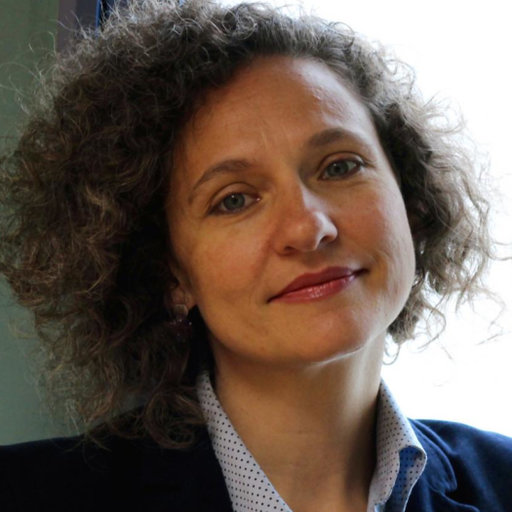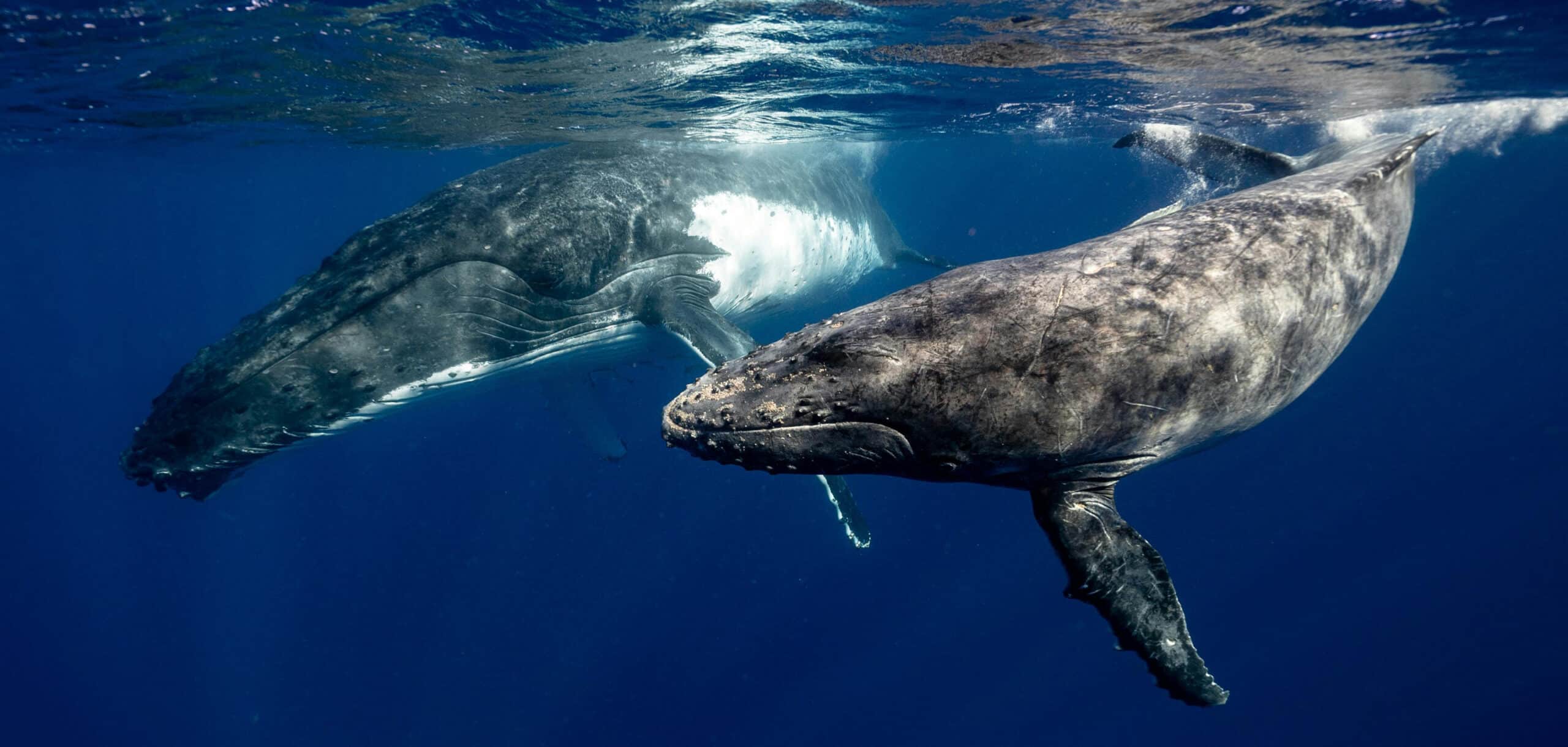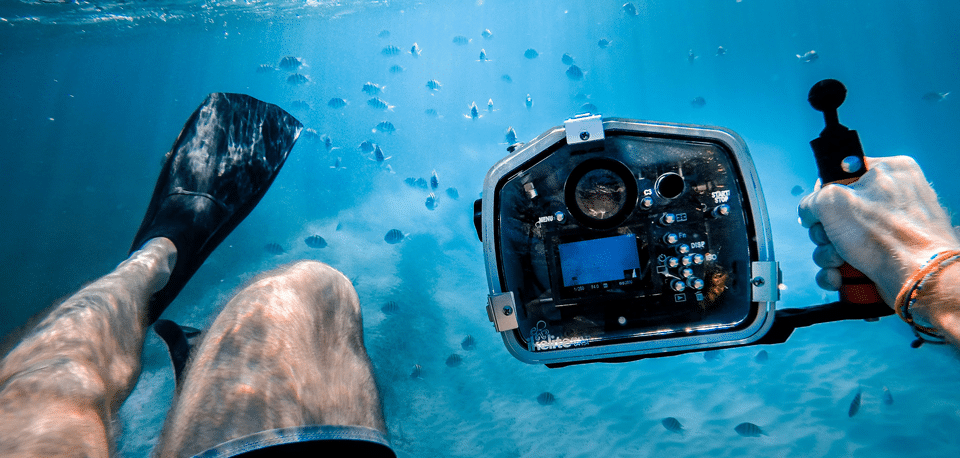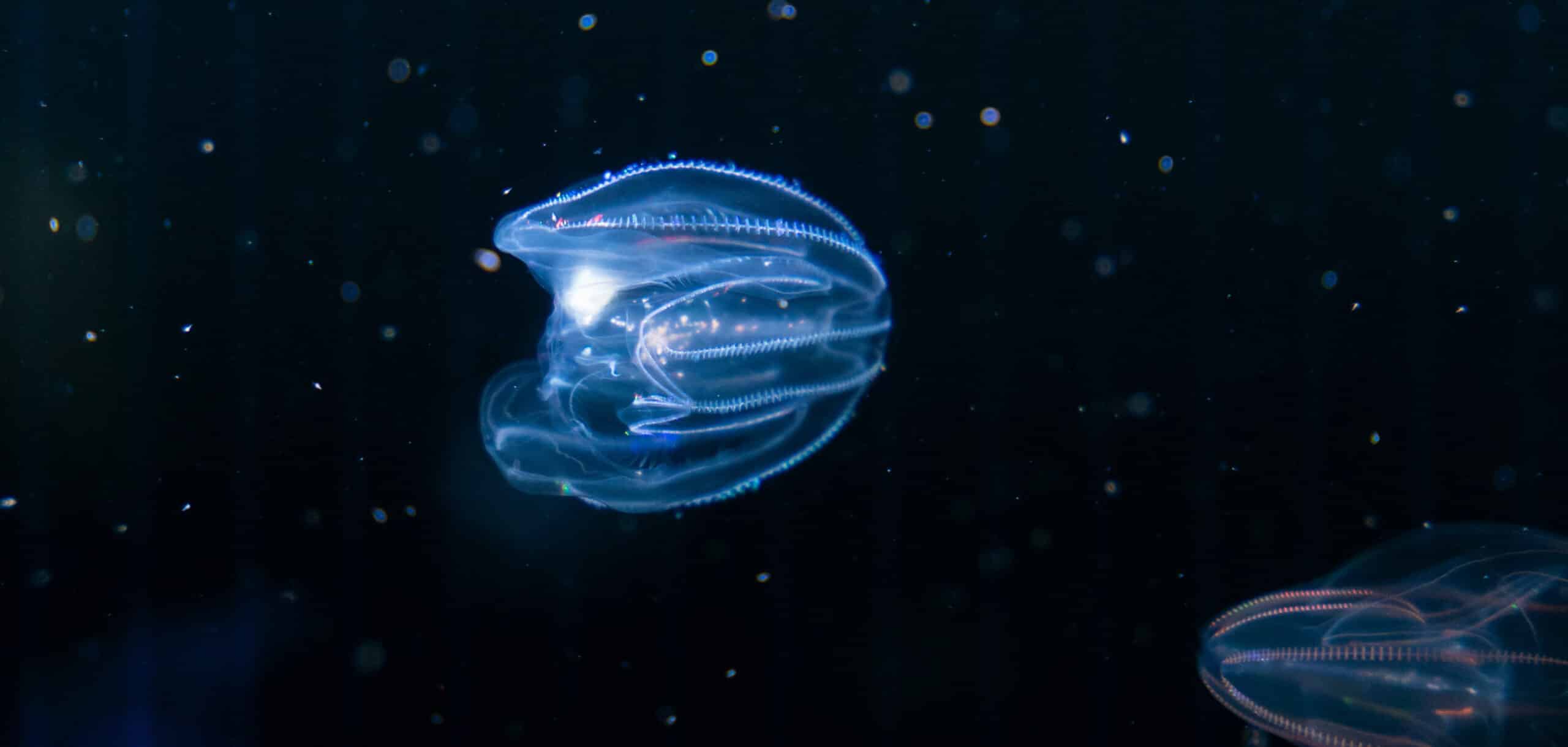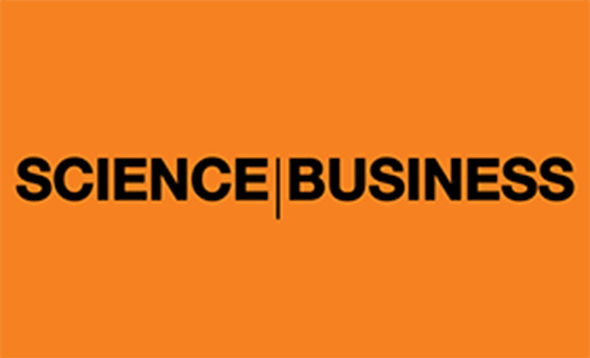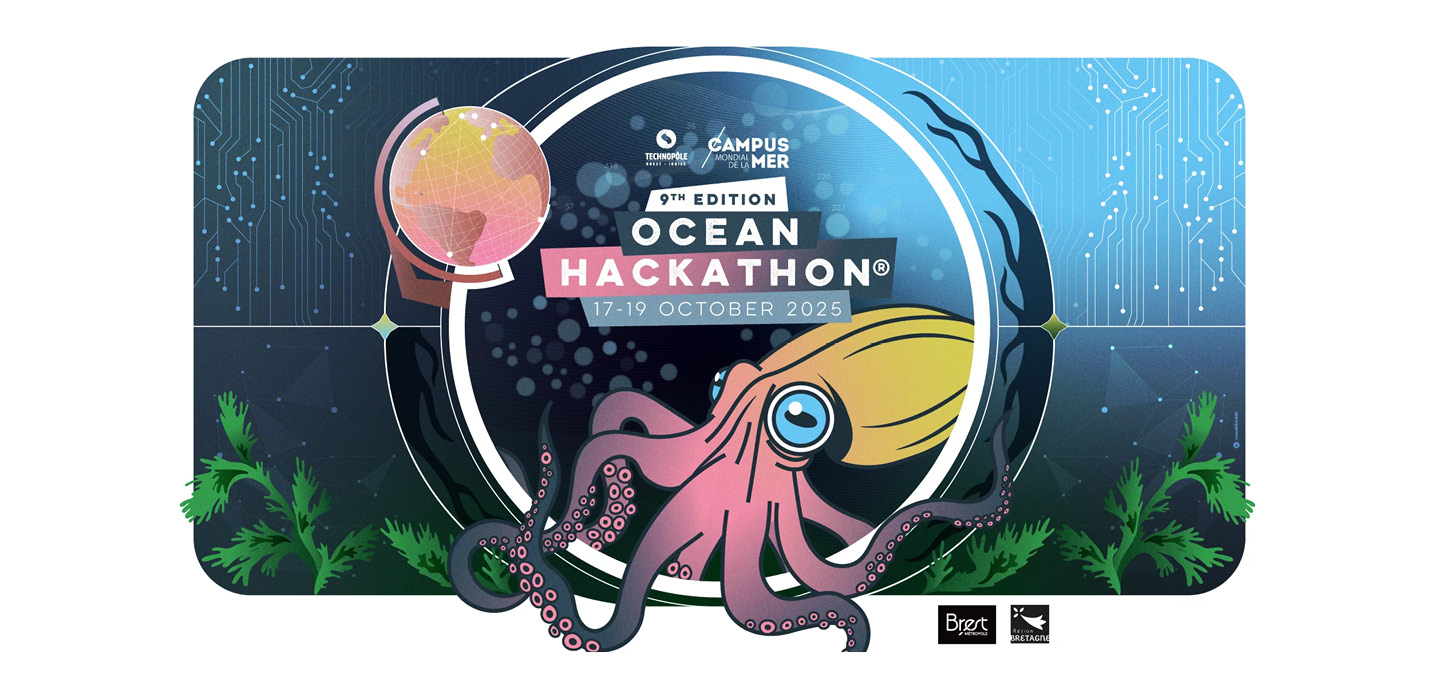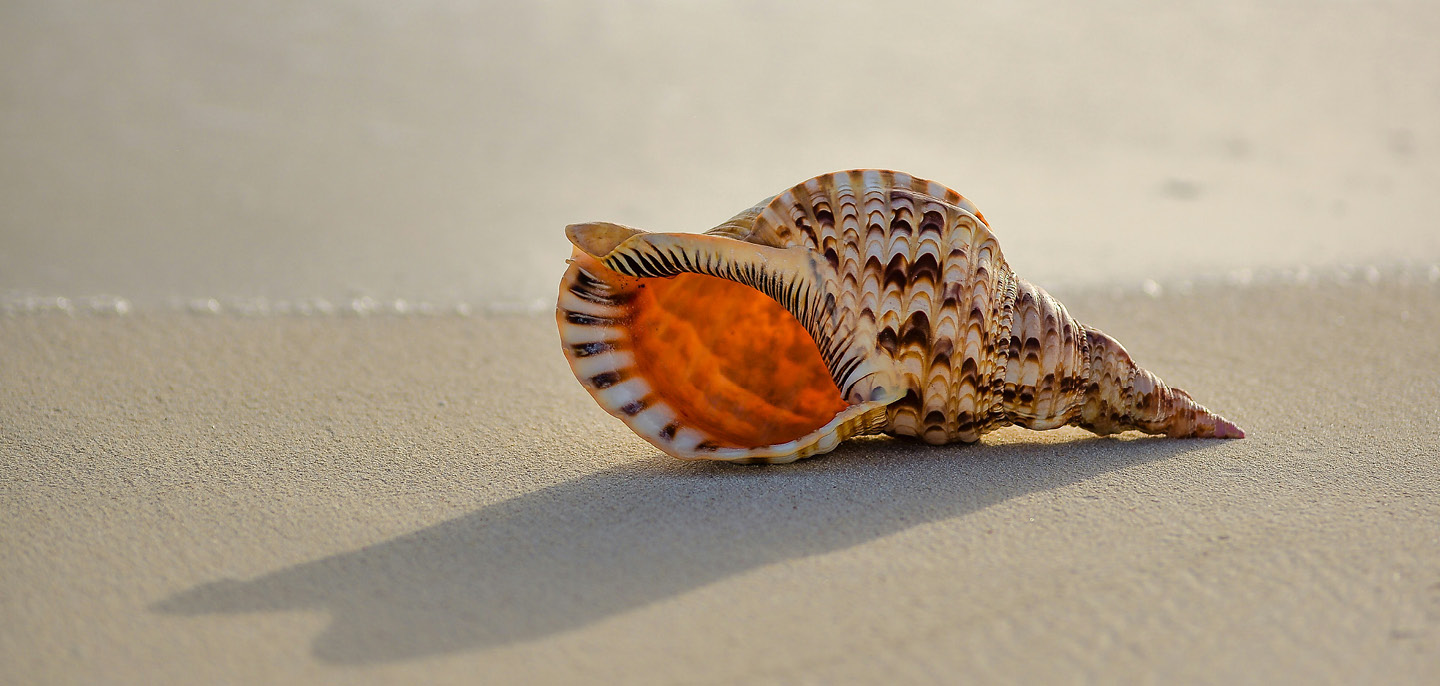From lab to market: transforming marine monitoring with biosensors
How EMBRC France is developing a groundbreaking autonomous water quality monitoring device that could transform water resource management on a global scale
Dr. Carmem Manes is a molecular biologist with a focus on sensor development at the Banyuls Observation Sea Service (BOSS). She is a principal investigator in research and innovation projects aiming for the development of autonomous and automated instruments allowing the collection, pre-treatment and analysis of biological EOVs (Essential Ocean Variables) through eDNA in aquatic environments.
In this Q&A, Dr. Manes will introduce the technology, share how their team is using biosensors and AI to develop a quality monitoring device that could transform water resource management around the world, and what was involved in the process of bringing a new tech product to market.
Our mission at BOSS is to develop technology to better understand and preserve the health of aquatic ecosystems by ensuring water quality. We’re focused on fostering research and knowledge acquisition, innovation, R&D, education and outreach.
MICROSENSE brings together experts in biotechnology and automated instrumentation to create innovative tech solutions for ocean high-frequency monitoring. We’re designing devices to detect microbial contaminants in situ with unprecedented precision – a major step forward in environmental monitoring.
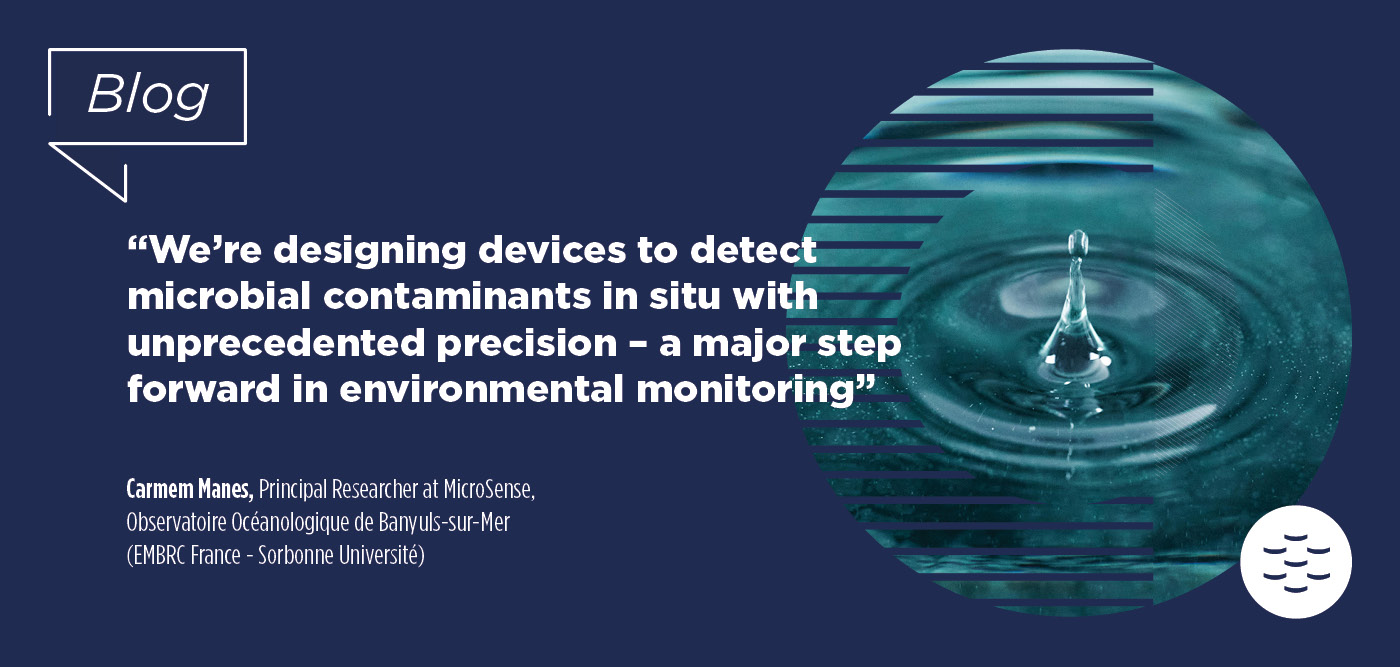
Although eDNA is the fastest growing biomonitoring tool, there are still several constraints preventing its broad use. These are mainly related to the difficulty of accessing some environments. There can be long delays between sampling, pre-treatment, treatment, transport, sample analysis and data transfer, which makes sampling campaigns costly and hinders frequent analysis.
Our goal is to reduce these costs to be able to have a high frequency of data acquisition. To do this, we developed two instruments: an Environmental Nucleotide Acid (eNA) sampler sampler and an autonomous eNA sensor. These are the basis of MICROSENSE’s technology.
First we developed an eNA sensor, which is an autonomous geno-sensor for genetic identification of target taxons. This has been validated and calibrated on waterborne pathogens like Vibrio and E coli as well as the toxic cyanobacteria Microcystis sp. We created our proof of concept for this development in 2022 and we are now in the process of developing it further.
We have also developed a nucleic acid sampler and extractor, which is able to collect, concentrate, and extract DNA and RNA. It is fully autonomous and tele-operated. The first version was validated for the detection of pathogens and viruses and overall biodiversity study through an omics approach. This sampler is able to deliver a ready-to-use eNA enriched cell lysate for all purpose analysis. So instead of going to the field and bringing lots of litres of water to the lab to be processed, we can bring a small tube containing just a few millilitres of an enriched cell lysate that can be used for many other downstream molecular analysis.
“MICROSENSE is the groundwork of the creation of a new platform for an automated augmented observatory.”
MICROSENSE is the groundwork of the creation of a new platform for an automated augmented observatory. Our goal is to fuse these two instruments in one to be able to go from sampling to data in one single experiment. This will enable the investigation of the spatiotemporal dynamics of eNAs for different biological targets and communities.
We could install it in fixed observation points such as mooring buoys, platforms or vessels. Our next step is to integrate the sampler into mobile vectors such as ROVs, AUVs, and gliders. This would allow the spatio-temporal monitoring of biodiversity at high frequency in remote areas. We could also integrate this data with high resolution imaging or water flow cytometry data. It will also be important in monitoring invasive species for modelling.
We’ve identified three main markets. Our technology meets the needs for automated monitoring tools for microbiological water testing, such as checking for pollution in recreational and drinking water. It can also provide on-site monitoring tools to screen for contamination in food items like milk, beer, wine, and juice, as well as industrial waters. Thirdly, it can provide environmental biomonitoring to monitor biodiversity and ecotoxicity.
Today, tools for sampling environmental DNA or RNA need to bring large amounts of water from the field and have a limited process volume due to their small filtration area. Many sampling instruments are being developed but few have been commercialised, because of the complexity of this process.
Our sampler has a tailored cartridge with a large surface area and can process more than 50 litres of sample without clogging. Unlike other filters, which are single use, our system is fully recyclable. We can disinfect and reuse the cartridge and the system for successive samplings.
We started developing different R&D projects in 2019 and since 2022 we’ve had help from SATT-Lutech to perform a market study. We’ve already developed two patents through a joint maturation programme. In 2025, we received a fellowship from BFT-Lab (BPI-France), which will help us continue to develop our project. We hope the technology will be ready to be transferred by 2027 and we will look to have the tech on the market in 2028
Learn more about SATT-Lutech and the awardees
